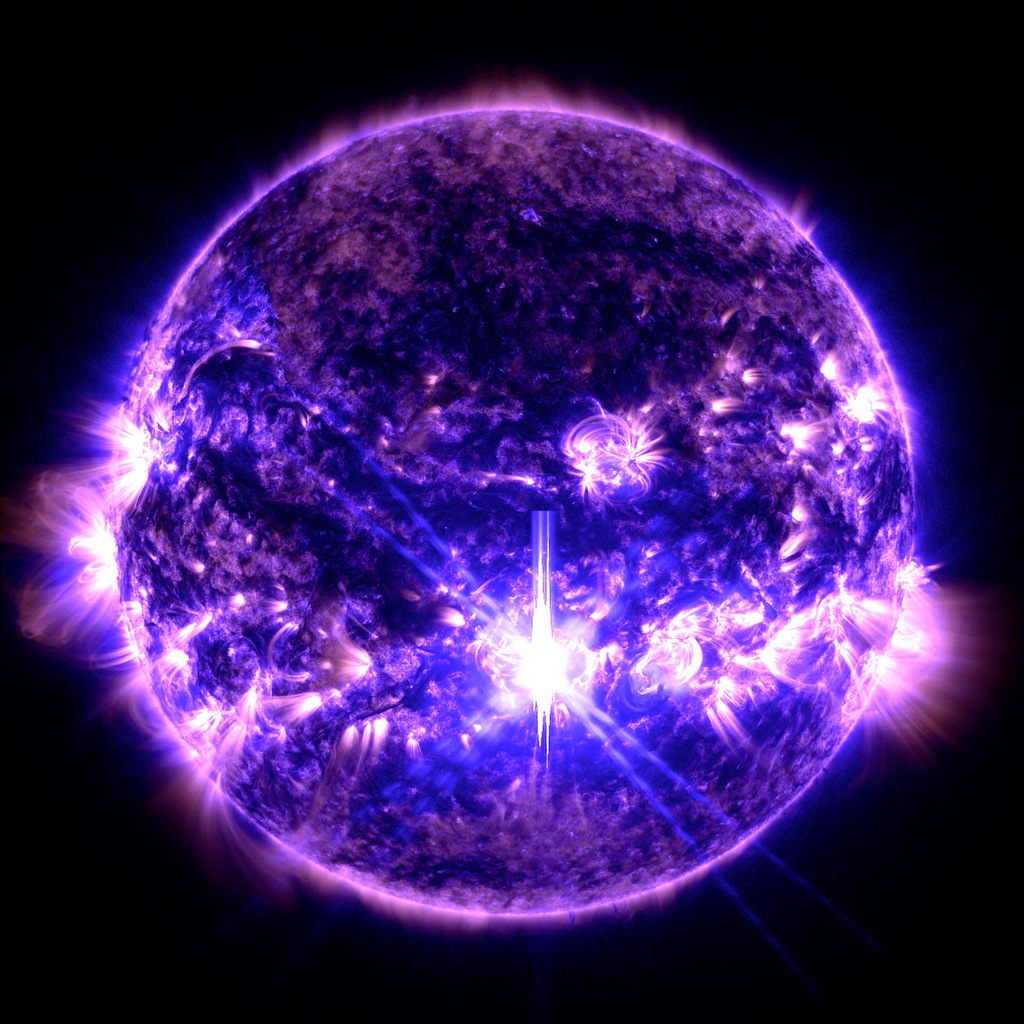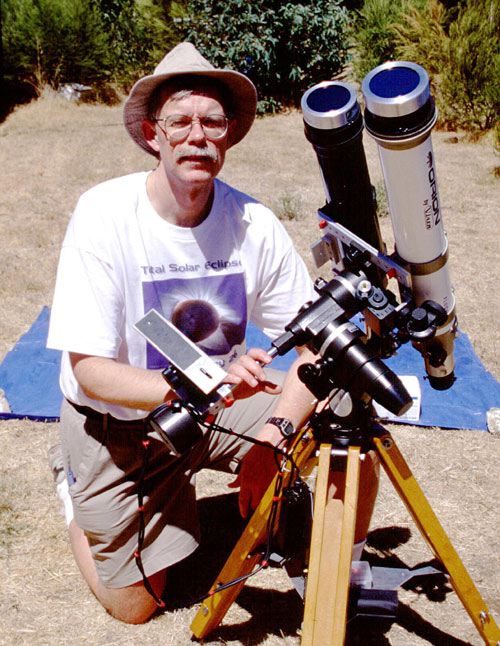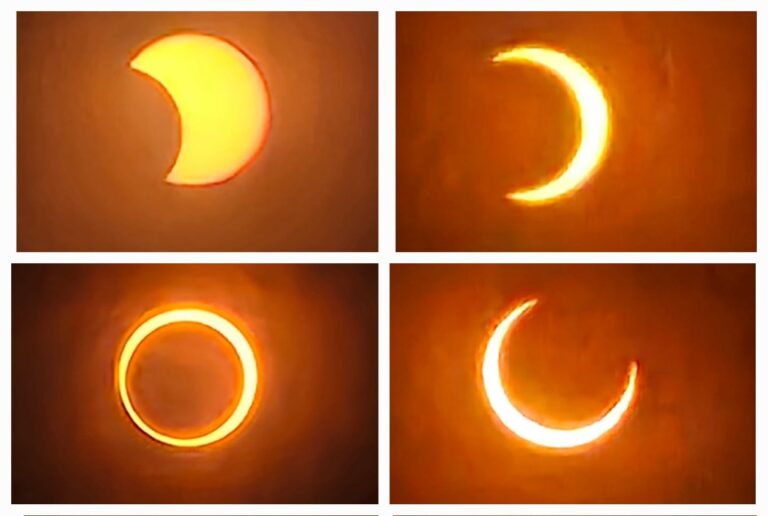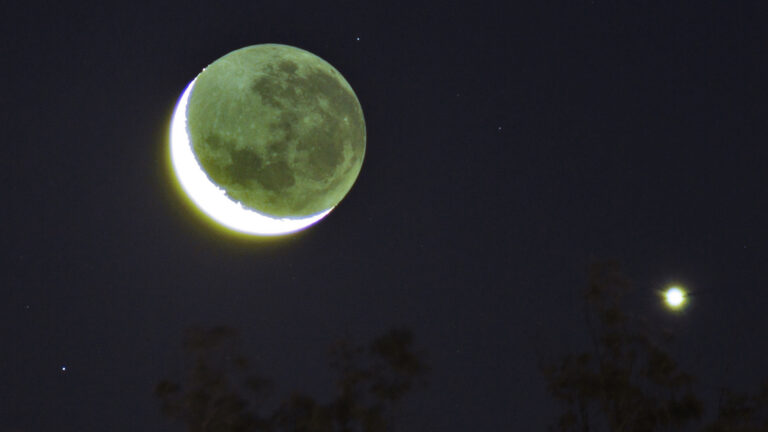
In a teleconference Oct. 15, representatives from NASA and the National Oceanic and Atmospheric Administration (NOAA) announced that the Sun has reached the peak level in its current cycle of activity, the 25th for which humans have kept detailed records. The 25th cycle has been far more active than the previous one, especially this year, when auroral shows have delighted skywatchers around the world.
Solar cycles last roughly 11 years, moving slowly between periods of high activity — which can include sunspots, solar flares, coronal mass ejections, and more — and calmer, less active periods. The cycles are uneven and difficult to predict, though. Previous cycles have lasted as little as nine or as long as 14 years, and day-to-day, solar weather is just as difficult to predict as Earthly weather.
The metric by which solar cycles are measured relies on counting sunspots, which are dark areas on the Sun that are cooler than their surroundings. They usually last days to weeks and often appear in groups. They also correlate to many other kinds of solar weather, all of which stem from tangles and knots in the Sun’s powerful magnetic field.
Indeed, the solar cycle is an indication of when the Sun, which is a giant magnet, flips its polarity. In its quieter phases, the Sun is a well-behaved dipole — that is, a magnet with a positive and negative pole, like a bar magnet. But over the course of a solar cycle, the Sun’s outer layers are churned by a phenomenon called differential rotation — the fact that the Sun’s plasma rotates faster at its equator than at its poles. As a result, the magnetic field becomes more twisted and complex, causing the chaos and activity we see now. Eventually, the Sun’s polarity flips entirely and our star returns to its more placid phase.
RELATED: Is AI the key to predicting solar storms?
Researchers say it will be impossible to identify the exact peak of the cycle until at least a year later. But what they can do now, said Lisa Upton, co-chair of the Solar Cycle 25 Prediction Panel, is compare the shape of the gradual increase in sunspot numbers over the last few years, from about 2020 to 2022, to the shape of previous solar cycles. That comparison, and the current data, show that the sunspot levels have begun to even out, instead of continuing to climb.
It’s all downhill from here — maybe.
Don’t trust your own eyes
On Oct. 10, skywatchers around the world got their second chance of the year to watch a massive G4 geomagnetic storm light up the skies with aurorae. The previous storm, in May 2024, reached G5 levels, the strongest type. Both storms followed a series of X-class flares from the Sun earlier in the week.
And yet these storms are not in themselves proof of the Sun’s maximum state. Just as July can bring cool, rainy days and January might yield a day of t-shirt weather, the Sun’s weather varies hugely even within a single cycle. A day near solar maximum might show no sunspots at all, and a day near minimum might shock with a powerful flare.
Bill Murtagh, program coordinator for NOAA’s Space Weather Prediction Center (SWPC), points out that the famous Halloween solar storm of 2003 — one of the most powerful on record — occurred some two years after solar max. And the Sun was at extremely similar levels as now for most of 2023, without the spectacular auroral shows.
So while it’s certainly more likely to see strong solar weather near times of solar maximum, it’s far from guaranteed. But with night falling earlier in the Northern Hemisphere over the next few months, it will remain a good time to watch for Northern Lights — even if you’re a little down south.









